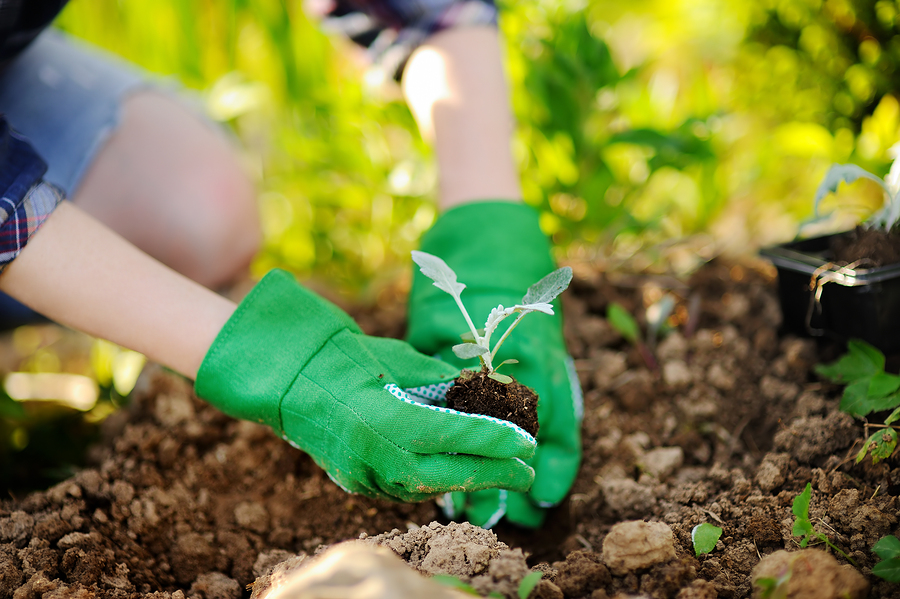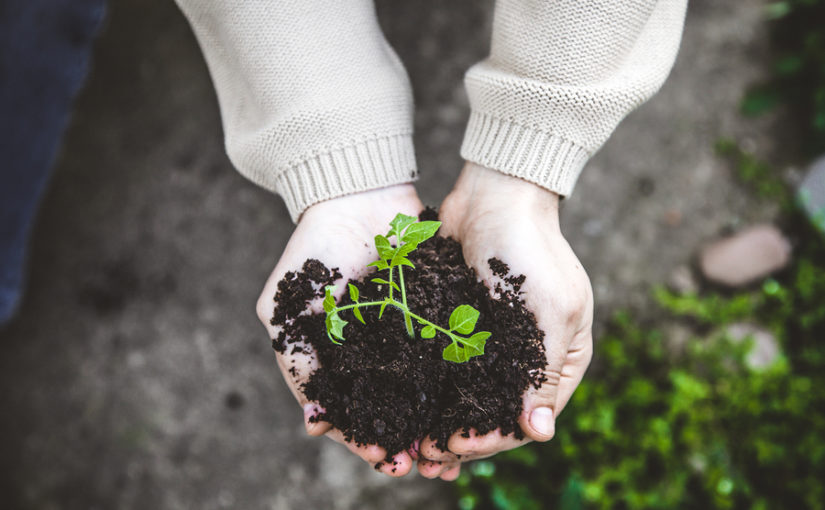The start of spring is the time to get your garden sorted out, as annuals and perennials start to reappear and the warmer weather makes it easier to work with soil that is no longer frozen.
But if your garden is a concrete oasis, why not think about putting some extra greenery into it by creating an eco garden that will give you more natural surroundings, even if you live in the heart of a city?
‘Green’ surfaces can allow for better drainage in bad weather and avoid the urban heat island effect on hot days, while also providing habitats for insects and larger creatures like bats.
You don’t have to go all-out to be fully self-sufficient, like in the classic BBC comedy The Good Life, but there can be perks to planting a few pots and raised beds, even if it’s just a fresh supply of borage blooms for your pitchers of Pimm’s this summer.
Where to start in an eco garden
Look at the space you have and the natural resources at your disposal. You might not be able to grow green roofs on your buildings, but guttering and drainpipes can collect run-off rainwater and deliver it into a water butt for reuse.
Similarly, a compost heap is a handy place to dispose of vegetable peelings and other suitable kitchen and garden waste, and will eventually produce compost you can use to nourish your shrubs, a good example of closed-loop gardening.
Finally, try to break up hard surfaces – even if you don’t have the option of soil, loose materials like gravel can help to let rainwater run off without leading to standing water, and with little to no maintenance needed.
Eco garden energy audit

An eco garden energy audit is a good step to take too – think about everything that uses energy in your garden, from lighting to lawnmowers, and how you can mitigate this.
Solar lighting can work, as can garden candles. Hand tools like shears can keep things trim without any mains electricity required. And again, reusing your own compost avoids the carbon miles of transporting fertiliser from the garden centre.
The energy savings can go even further as you might find you spend more time enjoying your garden just a few steps out of the door, rather than travelling many miles to get to the countryside.
Softening a hard yard
Landscaping an eco garden is an ambitious project but one that gets you outside and involves plenty of exercise, so it’s worth making the effort.
Hire a skip so you’ve got somewhere to put any rocks, rubble and broken-up concrete you remove from your yard. This will often be disposed of in an eco-friendly way, such as by grinding it down for use in building work.
Use natural materials and textured surfaces like grass and gravel, wood decking, or natural stone-effect concrete paving in moderate amounts, and you can create a much softer, more welcoming garden with clearly defined zones for planting, relaxing and recreation alike.

